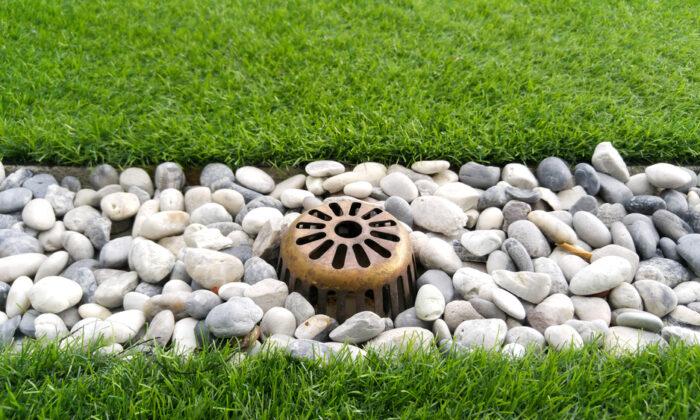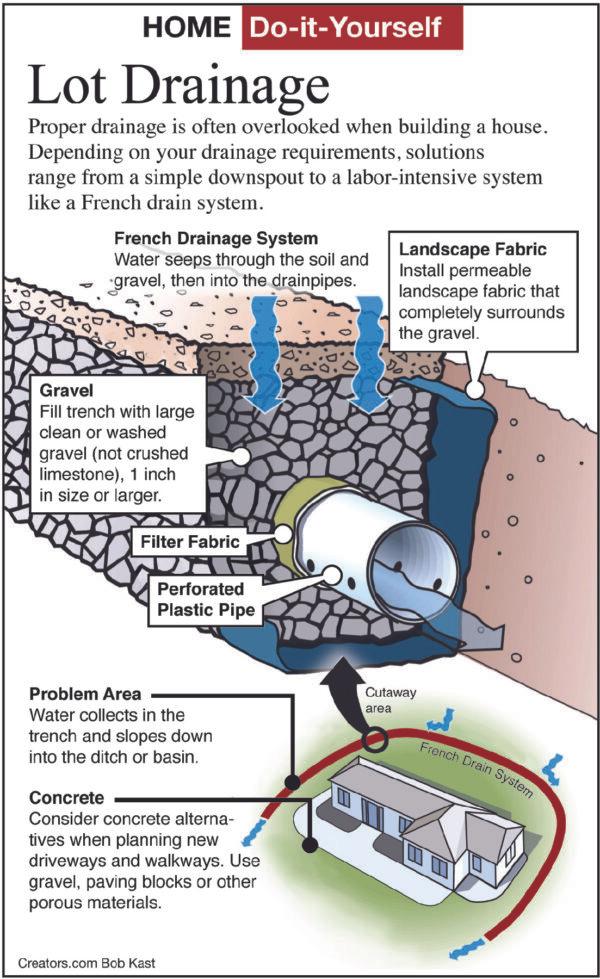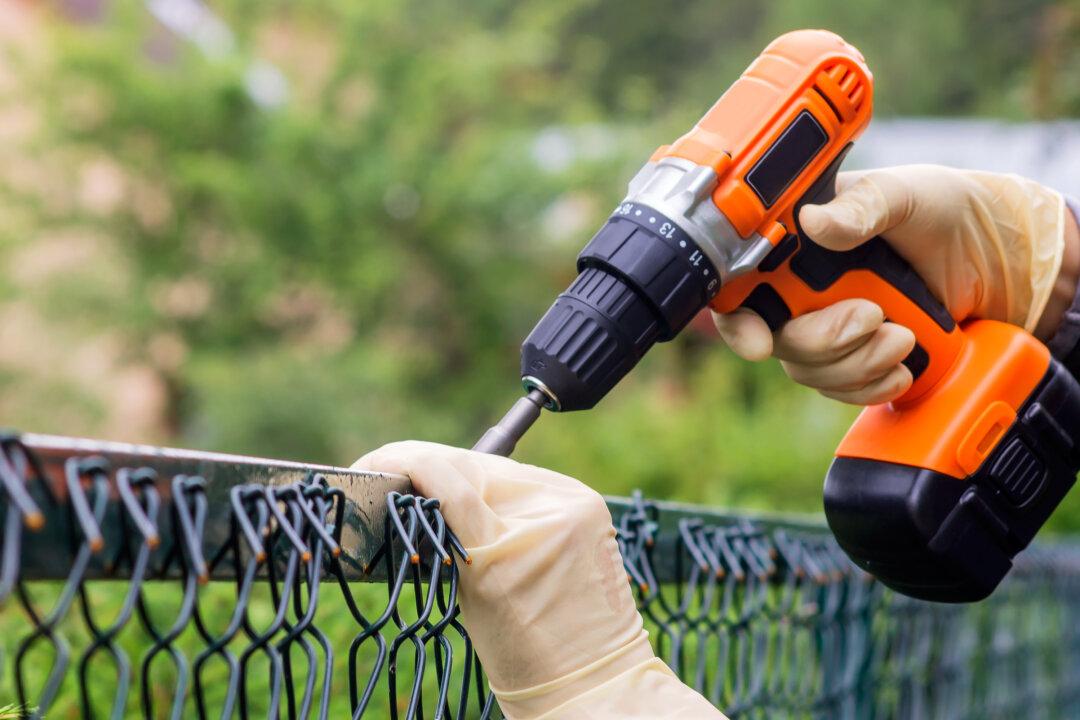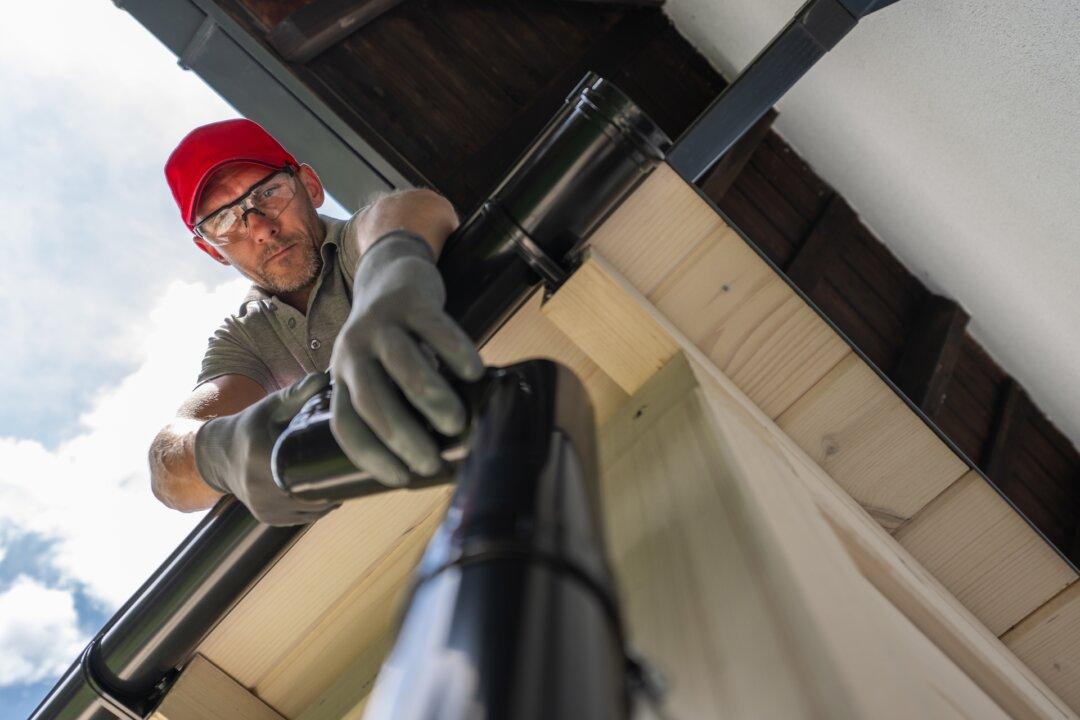Dear James: Our last house had drainage problems after storms. When we select a lot to build our new house, what steps should be taken to evaluate possible drainage issues?—Jessica R.
Dear Jessica: When selecting a lot for a new house, most people think poor drainage can just make the yard muddy or harm landscaping. The potential problems from poor drainage can cause much more severe damage to the house structure itself. It can also be unhealthy to have a chronically damp lot.
Once you have located a lot that appears to meet your building requirements, evaluating drainage conditions should be one of your next steps. Many factors, such as the type of soil, local topography, orientation, and exposure to the sun and wind will impact how well and how fast a lot will drain after a storm.
Hopefully, you have some time to make your lot selection decision. After a rainstorm, visit several of the potential building lots. If you see standing puddles several hours after the storm, there likely are drainage problems. After a house is built on a lot, any preexisting drainage problems usually worsen.
Even if you do not see standing puddles, wear some waterproof boots and try to walk the entire lot. If the water has not drained properly, you will notice spongy wet areas under your feet. A couple of small spots are not uncommon, but if you find a large area or a continuous line of spongy spots near where the house will be built, note the area.
Wait a day after the storm and visit the potential lots again. If the spongy areas have dried and now feel dry and stable, they will probably not cause serious problems. This type of short-term drainage problem can probably be taken care of by installing a foundation drainage system.
If you are inspecting lots in a newer subdivision, check with the builder to see the plat map and future plans. The drainage on a lot may seem adequate now, but if other buildings, such as a clubhouse, recreational area, etc., will be built above your lot, there will be more runoff.
Ask about the locations of nearby creeks. They may be just a trickle now and after storms. Once the subdivision is completed, though, there will be more runoff and less water absorbed into the ground. A tiny creek may end up overflowing in future storms. A lot with a three- to four-foot slope across it should provide adequate drainage for most of these situations.
If you really like a particular lot that may have some potential drainage problems, there are a few things you can do. Talk with your builder about having the foundation built a foot or two above the ground level. Slope the ground gradually away from the house to provide a natural path for the water.
Adding a French drainage system around the foundation is usually effective. This often consists of a six-inch-wide, two-foot-deep trench dug around the house with a perforated drainage pipe in the bottom. Fill the trench with one inch of gravel. Since water flows with less resistance through gravel than soil, it will drop into the trench and the drainage pipe will carry it away.






